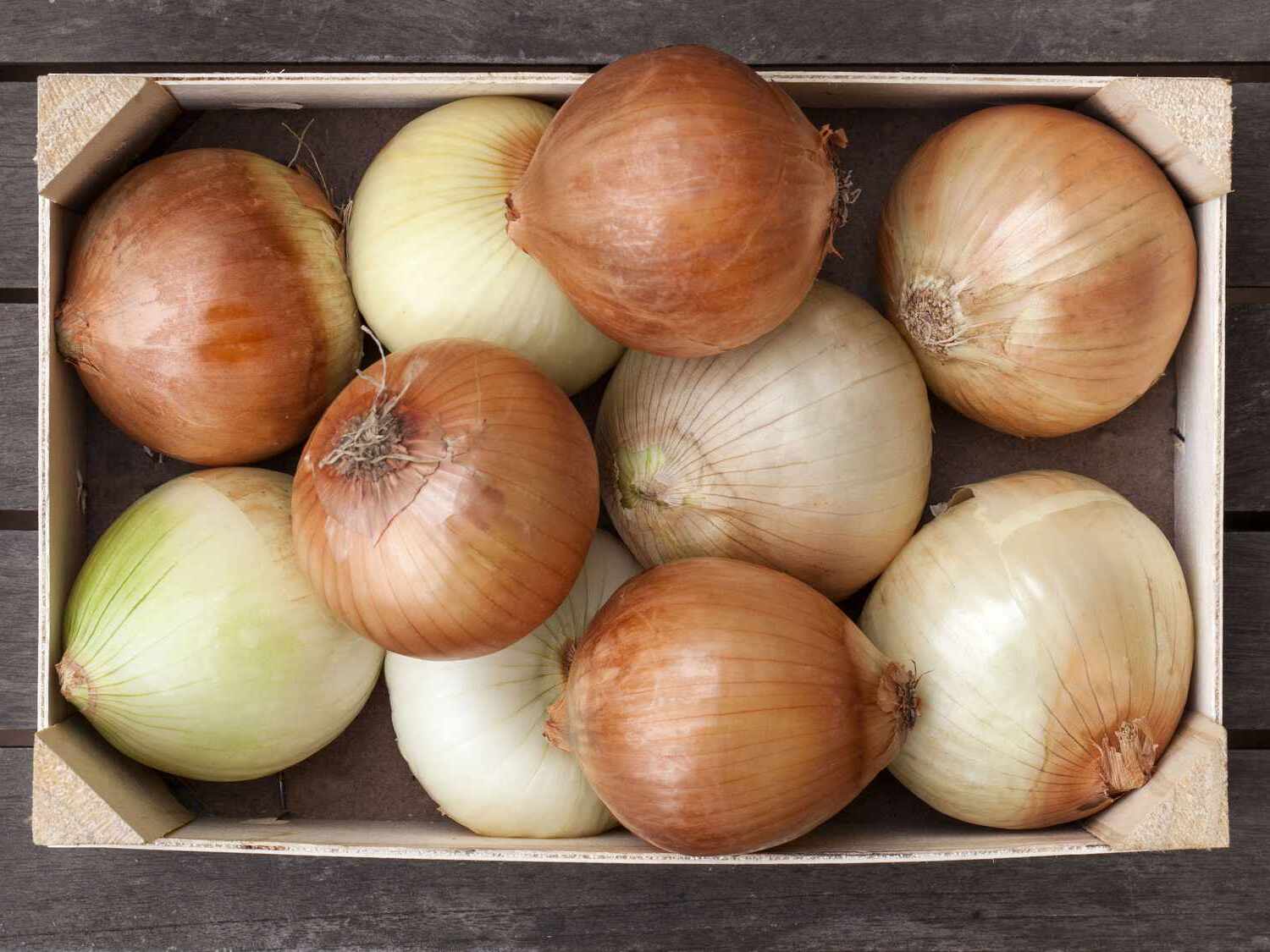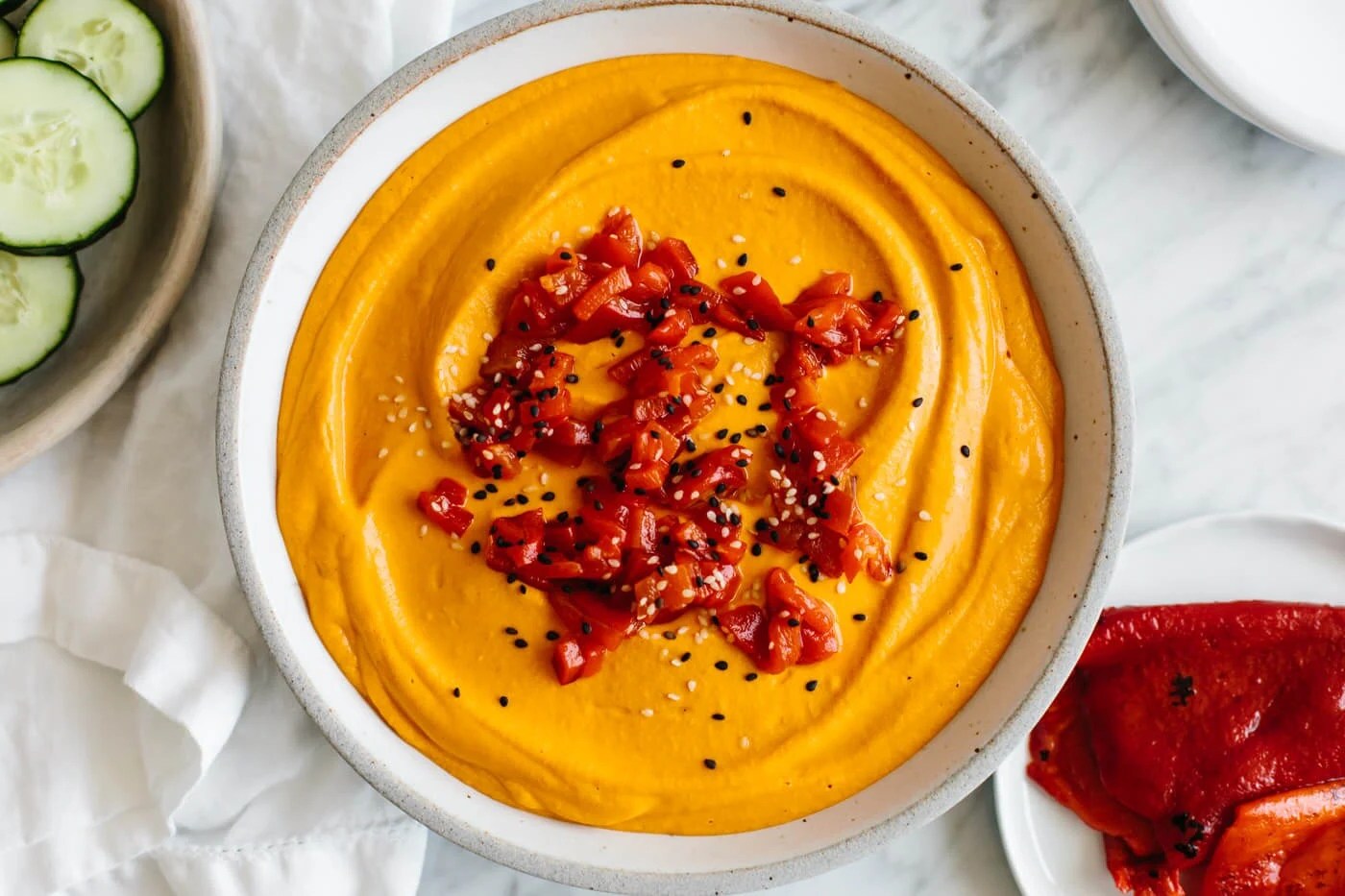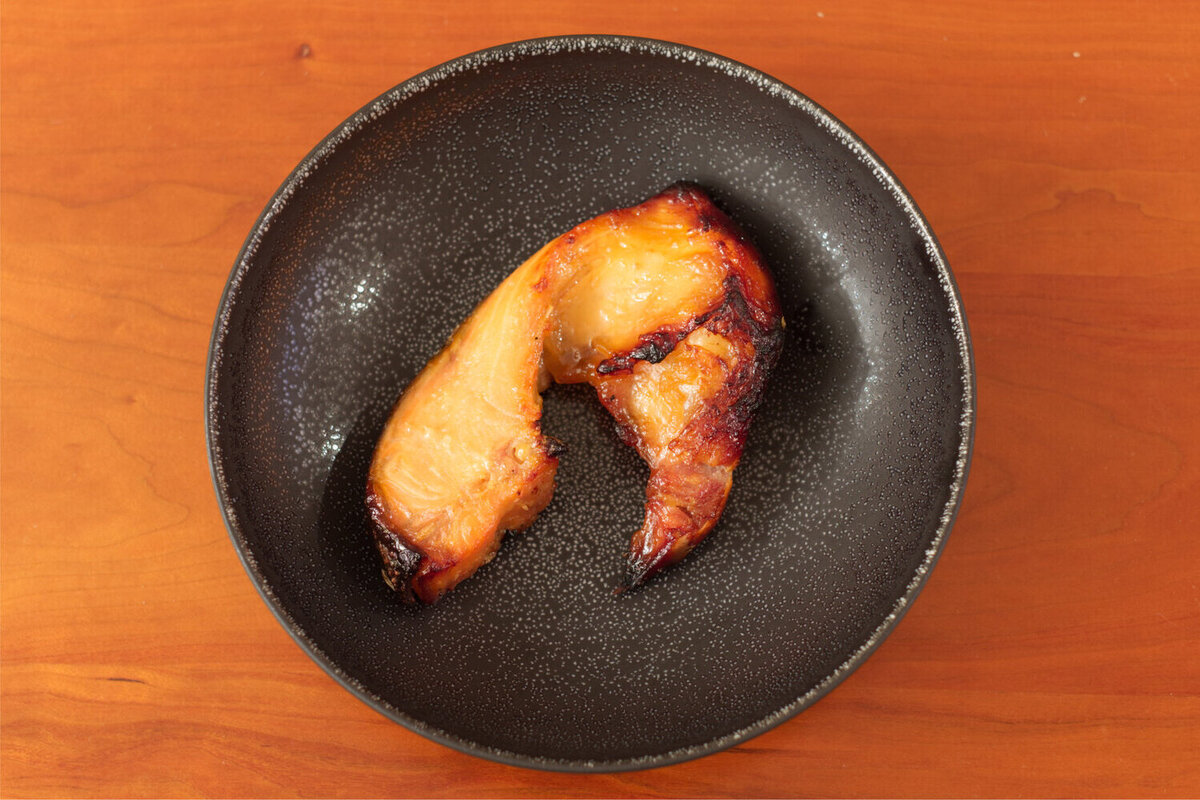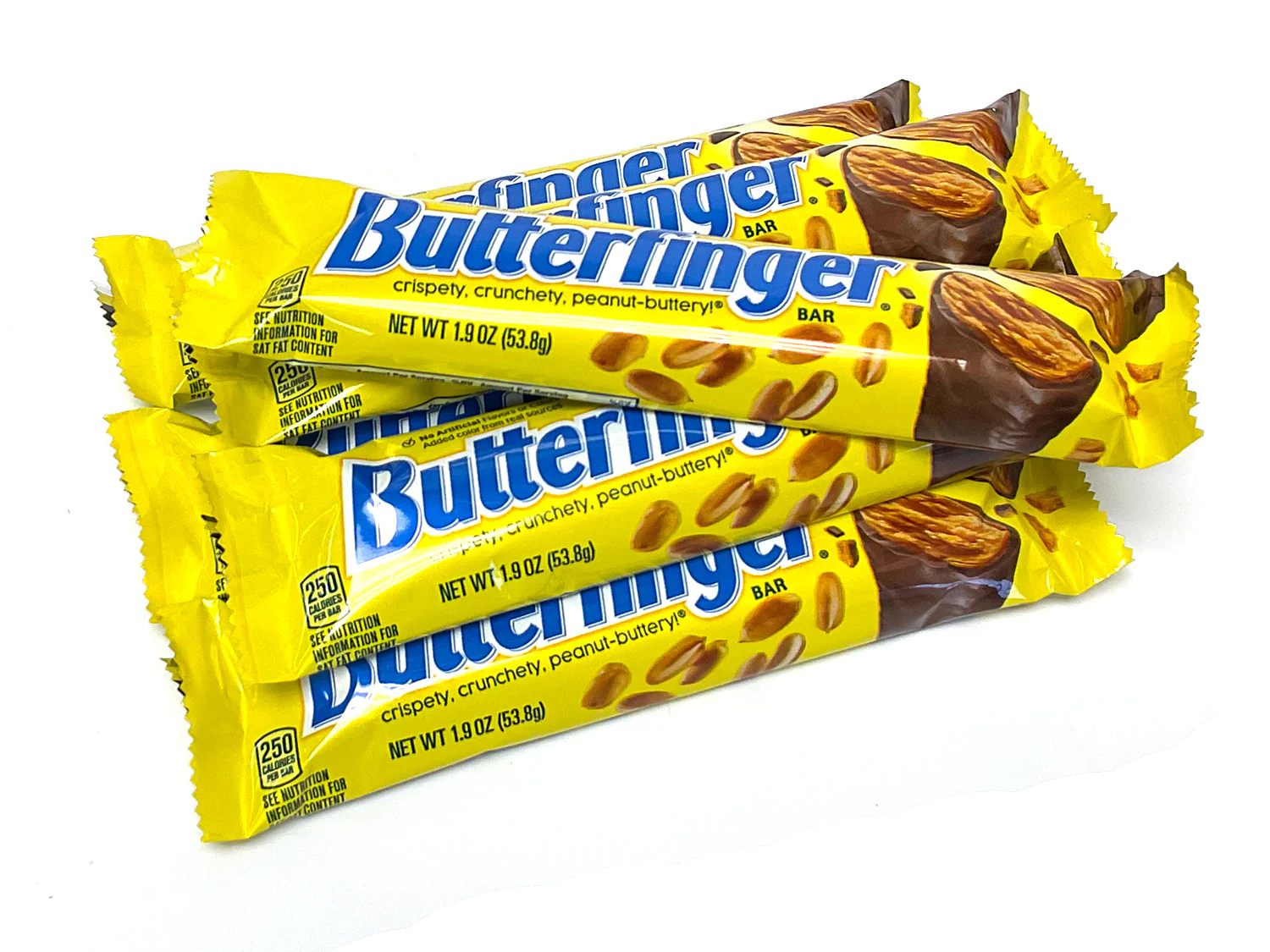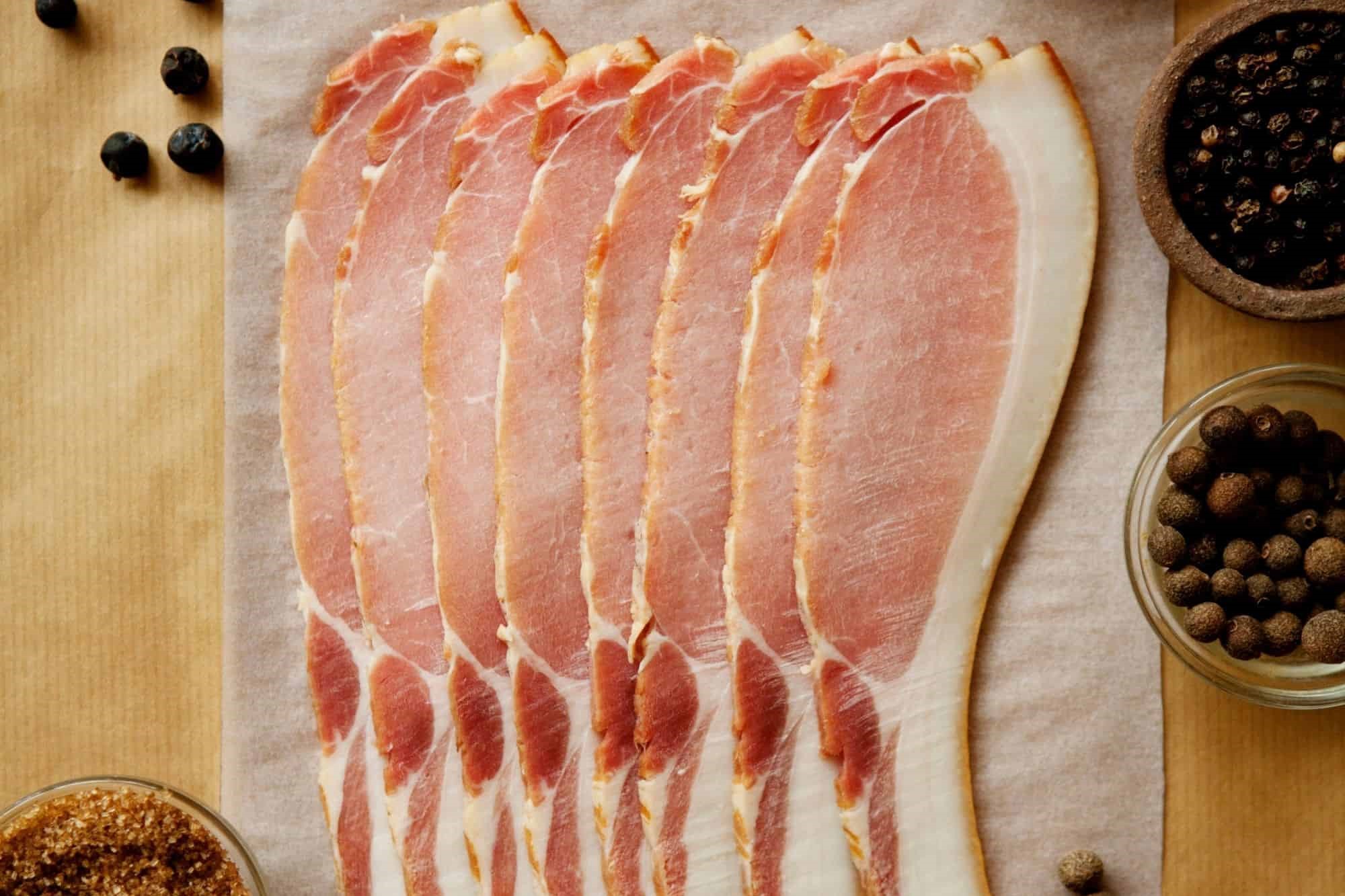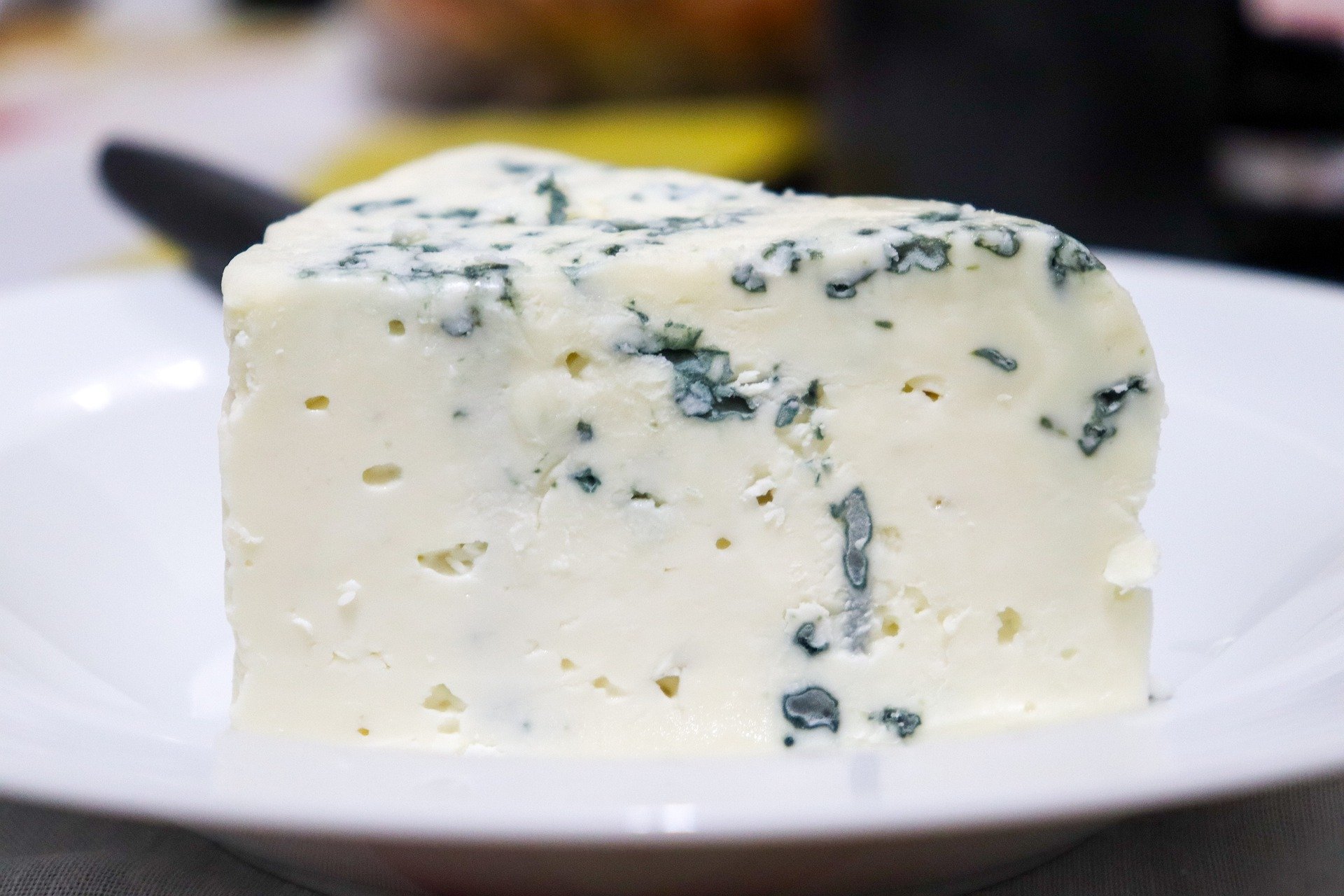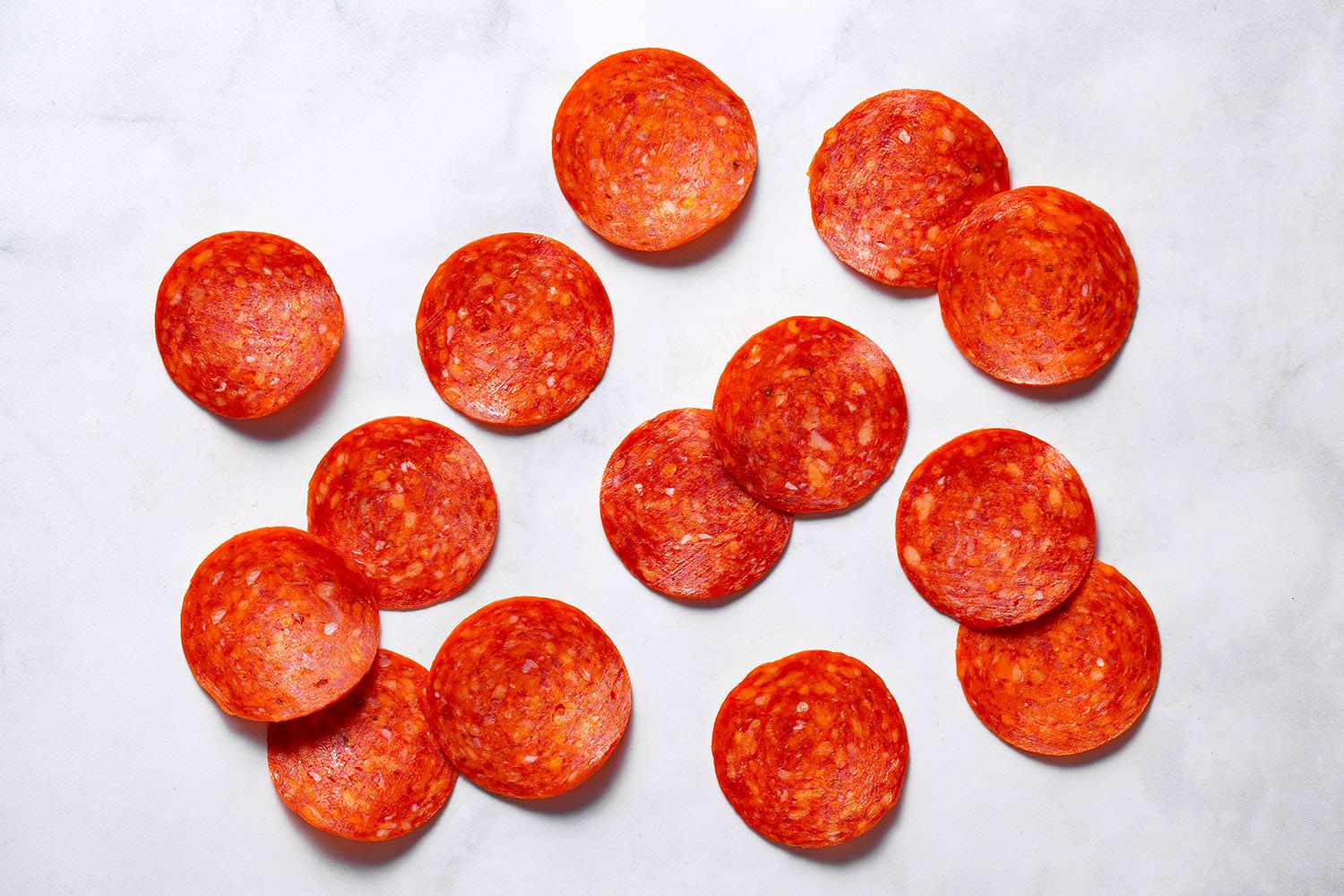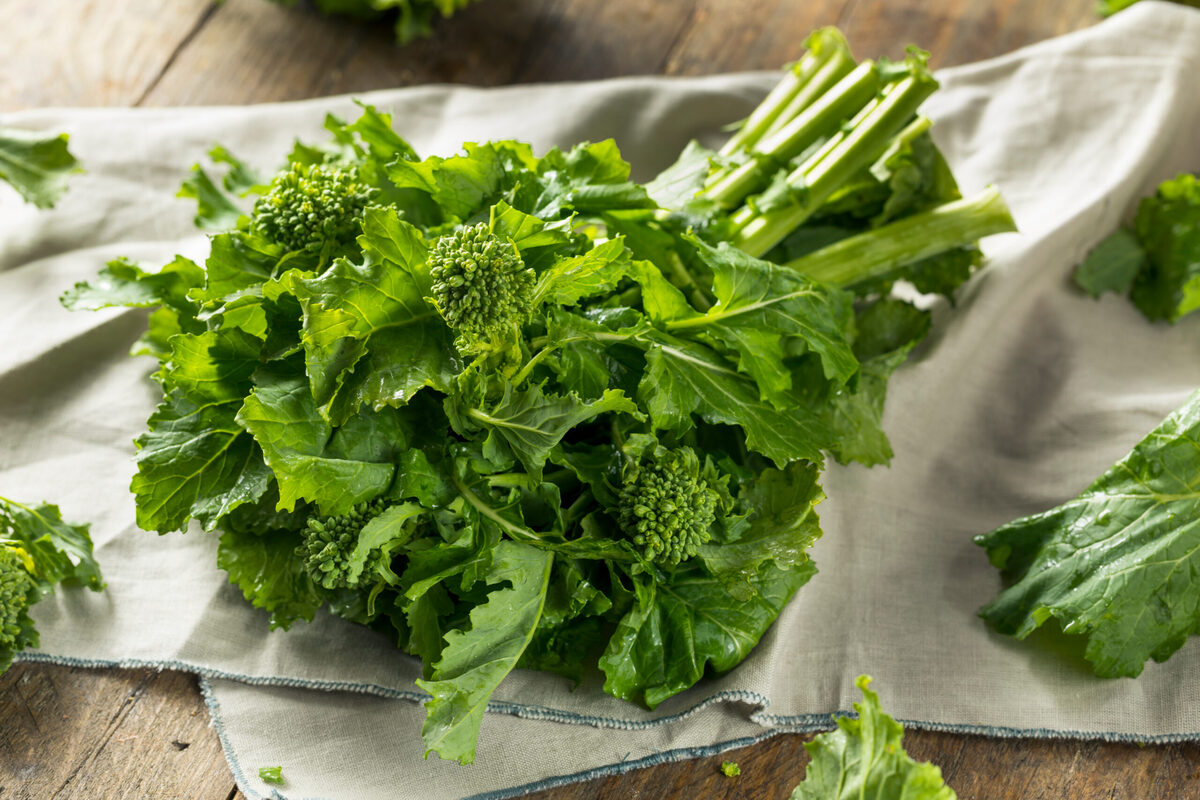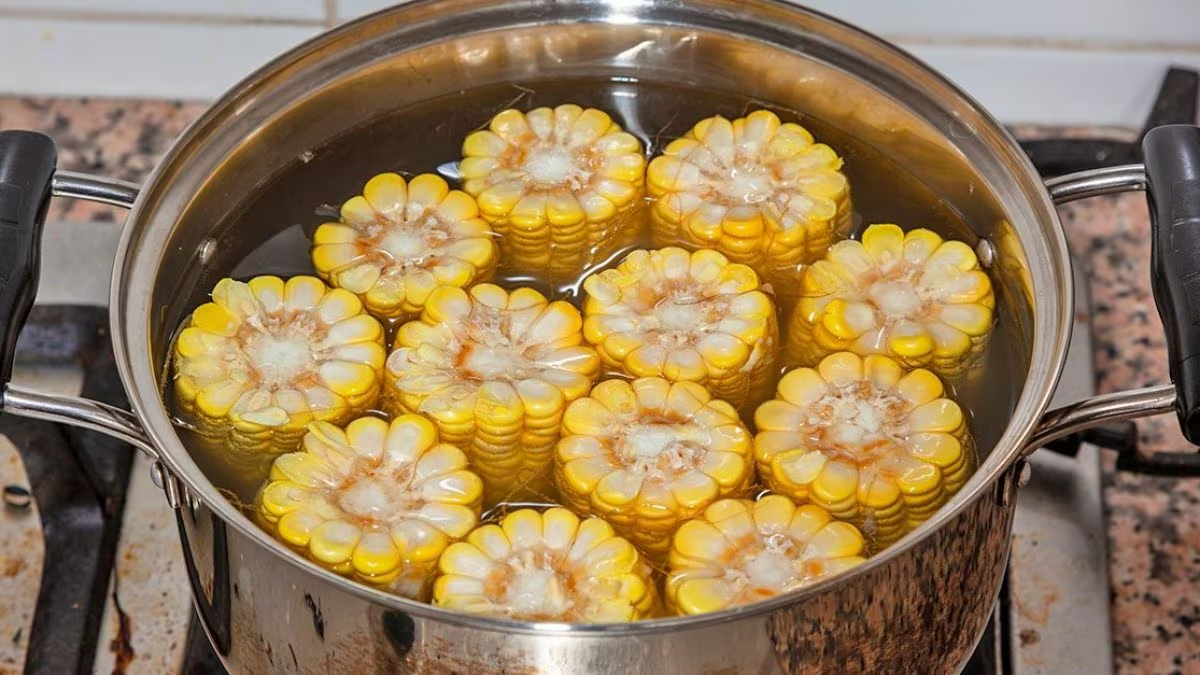Understanding the Brown Part on Salmon
Salmon is a popular and delicious fish that is enjoyed by many people around the world. However, if you’ve ever cooked or eaten salmon, you may have noticed a brownish or grayish part on the fillet. This can raise questions about its safety and quality. In this article, we’ll explore what the brown part on salmon is and whether it’s safe to eat.
What Causes the Brown Part?
The brown part on salmon is known as the “fat line” or “blood line.” It is a natural occurrence in the fish and is not a cause for concern. The coloration is due to the presence of fat and blood vessels in that area of the fish. The fat line is more prominent in some salmon species than others, and it can vary in intensity depending on the individual fish.
Is It Safe to Eat?
Yes, the brown part on salmon is perfectly safe to eat. In fact, some people consider it a delicacy due to its rich flavor. The fat line contains healthy omega-3 fatty acids, which are beneficial for heart health. However, if the appearance of the fat line bothers you, it can be easily removed before cooking.
How to Cook Salmon with the Brown Part
When cooking salmon with the fat line, there are a few tips to keep in mind to ensure a delicious and enjoyable meal:
- Season the entire fillet: To balance the flavors, season the entire fillet, including the brown part, with your choice of herbs, spices, and a squeeze of lemon.
- Consider marinating: Marinating the salmon can help enhance its overall flavor and texture, making the presence of the fat line less noticeable.
- Adjust cooking time: Since the fat line may have a slightly different texture than the rest of the fillet, you may need to adjust the cooking time to ensure that it is cooked to perfection.
Conclusion
The brown part on salmon, also known as the fat line or blood line, is a natural feature of the fish and is completely safe to eat. It offers a unique flavor and contains beneficial nutrients. By understanding and embracing this characteristic, you can continue to enjoy the deliciousness of salmon in all its forms.
Next time you prepare salmon, don’t be alarmed by the presence of the brown part. Embrace it as a natural part of the fish and savor the wonderful flavors that salmon has to offer.
Was this page helpful?
Read Next: What Is Buffalo Butter
